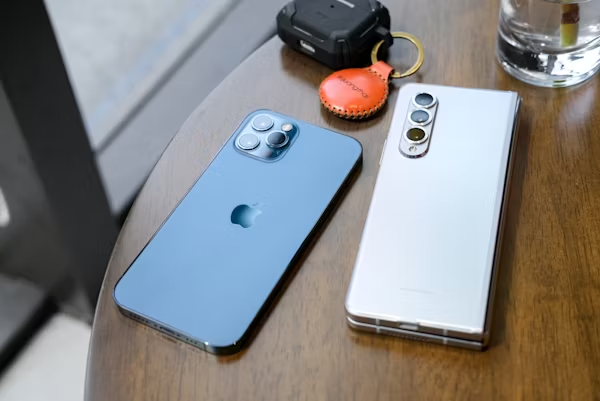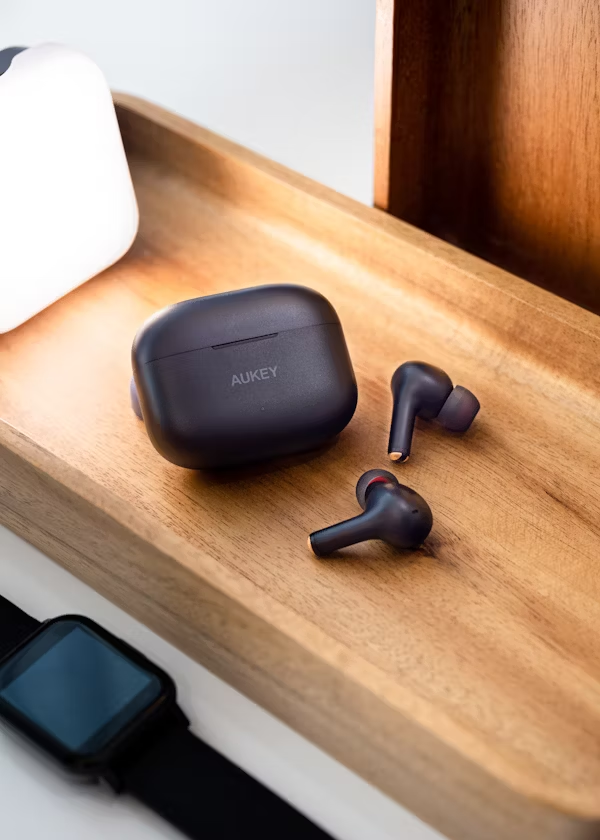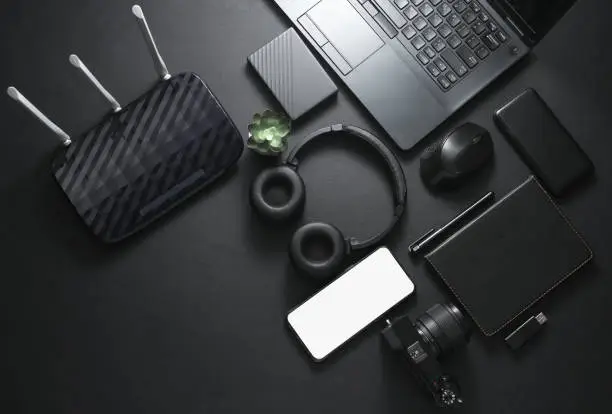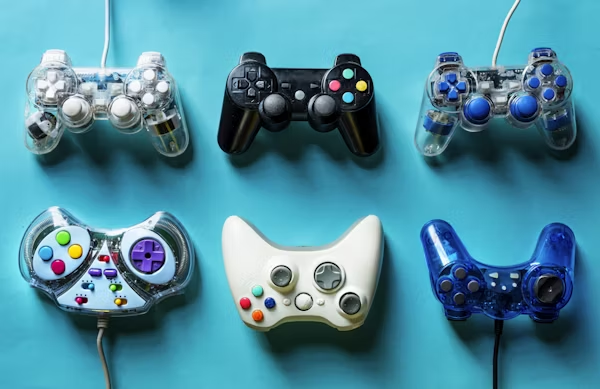Introduction
The Ultimate Smartphone Showdown
It’s the question every phone buyer faces: iPhone or Android? You’ve heard arguments from both sides—one swears by Apple’s sleek design, the other loves Android’s customization. But when it’s your money on the line, how do you choose?
Why This Debate Still Matters
Phones are personal. They’re not just gadgets—they’re your camera, your bank, your social life, and more. That’s why picking the right one is more than just brand loyalty.
Operating Systems at a Glance
iOS: Sleek, Simple, and Secure
Apple’s iOS is known for being user-friendly, stable, and tightly controlled. It looks and feels consistent across devices, with smooth animations and a clean layout.
Android: Customizable and Widely Available
Android, developed by Google, is open-source and incredibly flexible. It powers everything from budget devices to ultra-flagships. If you love tinkering with settings, widgets, and themes—Android is your playground.
Design and Build Quality
iPhone’s Consistent Premium Feel
From the iPhone 8 to the iPhone 15 Pro, Apple nails design with premium materials, tight tolerances, and uniformity. Every iPhone feels like a luxury product.
Android Offers More Variety
Want a folding phone? A gaming beast? Something budget-friendly? Android gives you options galore from brands like Samsung, Google, OnePlus, and Xiaomi.
Customization Options
Android’s Freedom to Personalize
Love changing fonts, icons, or even the launcher? Android lets you make your phone truly yours.
iPhone’s Controlled but Polished UX
iPhones don’t allow much customization, but what you get works beautifully and seamlessly. Apple keeps it simple on purpose.
App Ecosystem
App Store vs. Google Play
Both platforms have millions of apps. But developers often release apps or updates first on iOS, thanks to its higher spending user base.
App Quality and Availability
iPhone apps are often more polished and consistent, while Android’s Play Store has a wider variety—including more free apps.
Software Updates
iPhone’s Timely and Long-Term Support
Apple supports older iPhones for 5–6 years, and updates roll out to all users on day one.
Android’s Fragmented Update System
Android updates depend on the manufacturer. Pixel phones get quick updates, but others—like Samsung or Xiaomi—may delay them.
Performance and Speed
Apple’s A-Series Chips: Industry Leaders
iPhones are powered by Apple’s own chips, and they’re blazing fast, efficient, and built for long-term use.
Android Flagships Are Catching Up
Qualcomm’s Snapdragon and Google’s Tensor chips offer excellent performance, especially in high-end models. But budget Android phones can feel sluggish over time.
Camera Capabilities
iPhone’s Natural Color Accuracy
iPhones shine in video recording and deliver true-to-life colors with minimal effort. The camera is reliable and consistent.
Android’s Versatile and Experimental Cameras
Android phones often push boundaries—100x zoom, ultra-wide lenses, AI editing tools. But quality varies by brand and model.
Battery Life and Charging
Android Phones Often Last Longer
Thanks to larger batteries and aggressive power management, many Android phones outlast iPhones in daily use.
Apple’s Optimization vs Android’s Larger Batteries
Even with smaller batteries, iPhones perform well thanks to efficient software and chip integration. But they still lag behind in fast charging.
Ecosystem and Compatibility
iPhone and the Apple Ecosystem
If you own a Mac, iPad, or Apple Watch, everything just works together. AirDrop, iMessage, and FaceTime are huge perks.
Android’s Cross-Platform Flexibility
Android plays well with Google services, Windows, and other devices. It’s less exclusive but more flexible.
Security and Privacy
Apple’s Privacy-First Approach
Apple markets itself as the privacy champion. Your data stays on your device when possible, and tracking is limited.
Android’s Security with Flexibility
Google has made big strides in security, but Android’s open nature means more potential vulnerabilities—especially on non-Google phones.
Price and Value
iPhones Are Pricey but Hold Value
Yes, iPhones are expensive. But they retain resale value better than almost any other phone.
Android Phones for Every Budget
Android is unbeatable for variety. Whether you’ve got $150 or $1,500, there’s a phone for you.
Innovation and Features
Android Brands Take More Risks
Foldable screens, under-display cameras, desktop modes—Android is where innovation thrives.
Apple Polishes, Then Perfects
Apple takes its time but delivers refined features like Dynamic Island or Face ID that work seamlessly.
User Experience and Ease of Use
iPhone’s Intuitive Interface
Apple’s “it just works” motto holds true. The interface is clean, fast, and beginner-friendly.
Android’s Learning Curve and Flexibility
Android offers more control, but you might spend more time tweaking settings. Power users will love it—newbies may not.
Who Should Choose What?
iPhone: Best for Simplicity and Privacy
Go with iPhone if you:
-
Prefer a simple, stable experience
-
Own other Apple products
-
Value long-term support and privacy
Android: Best for Customization and Variety
Choose Android if you:
-
Want full control of your device
-
Need a wider price range
-
Like trying new features and innovations
Final Verdict
It’s Not About Better—It’s About What’s Best for You
At the end of the day, **both iPhone and Android are excellent in



